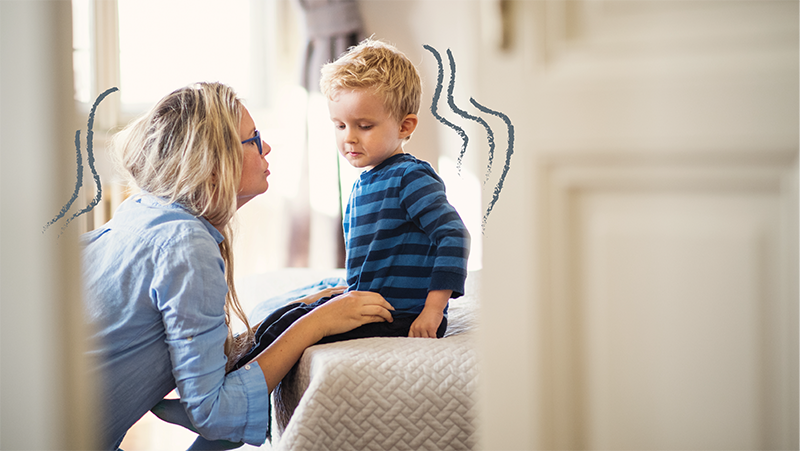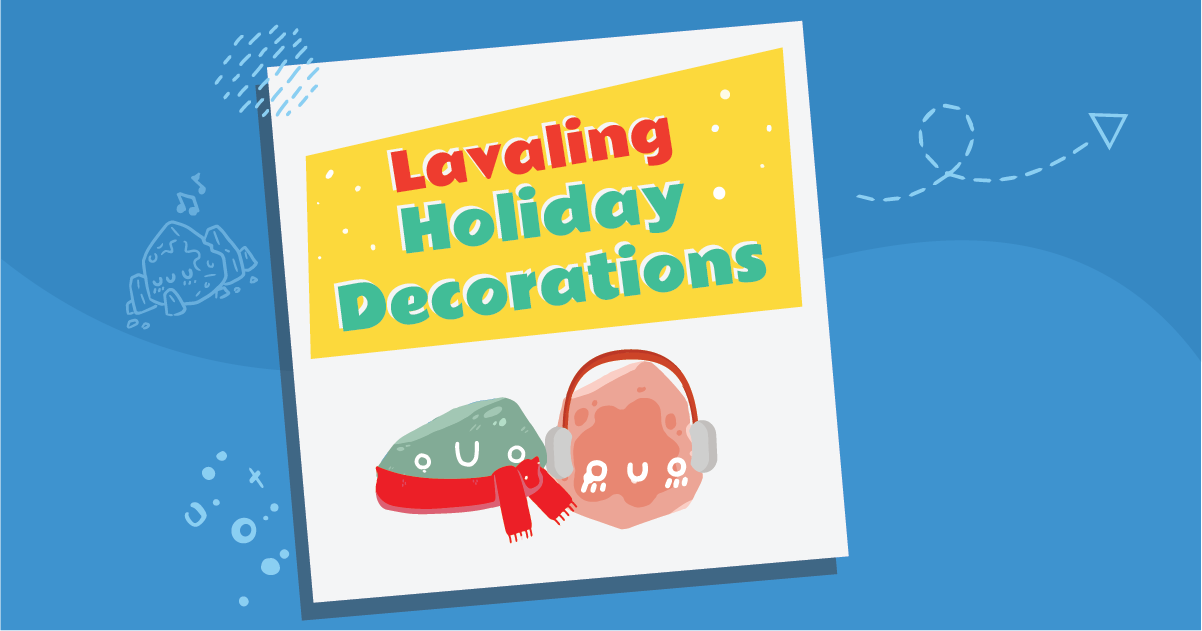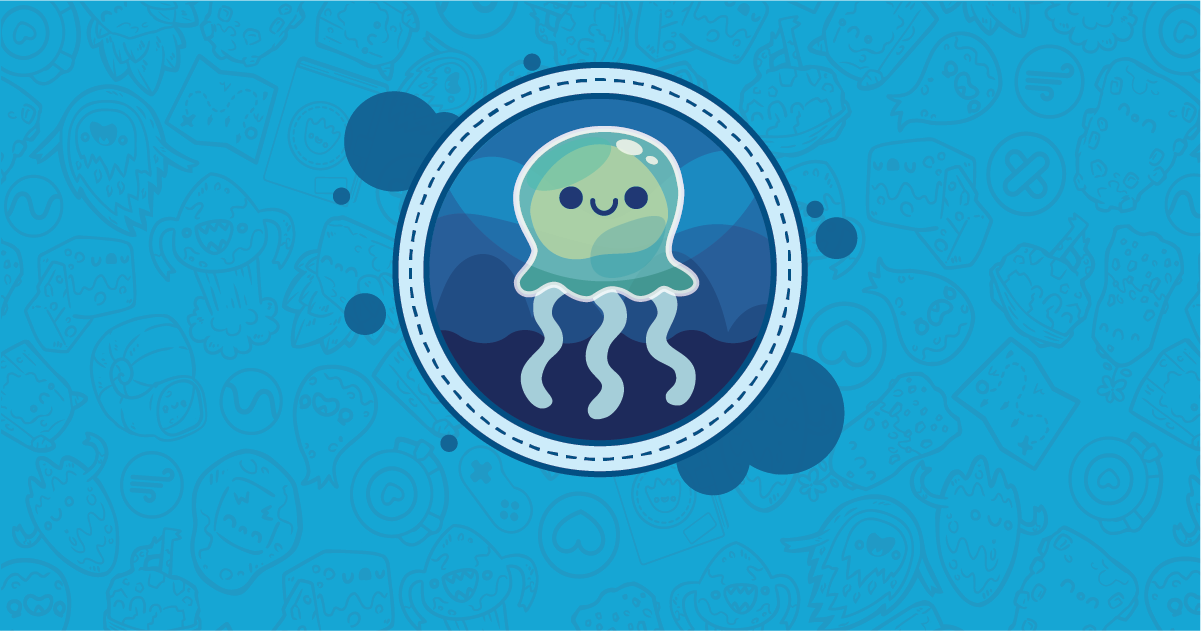
Flexible thinking is that hugely important, yet incredibly difficult ability to adapt when things don’t go as expected. Flexible thinking is neurobiologically more challenging for autistic children, as well as children with ADHD and OCD*. It is also one of those tricky executive functioning skills that gets more challenging when we’re upset. When it comes to adjusting to change, seeing other people’s perspective, solving problems, and regulating emotions, however, flexible thinking plays an important role.
But cognitive rigidity isn’t always a one-kid show. Yes, many Mightier kids naturally have a difficult time shifting their thought process or changing their perspective. But how often are our own assumptions and expectations part of the issue? How often have you and your child butted heads because of seeing something from different perspectives?
Here are 5 steps to unstick your own thinking in order to better understand your child’s.
- Pause and self-reflect. Wait, what is my understanding of the situation right now? There are always two sides to a story. Oftentimes, during a moment of disagreement or dysregulation, we as parents make specific interpretations about what is going on. This can especially happen if our child is acting angrily toward us or a sibling, or if they are not communicating clearly. This can push us into corrective, problem solving mode, which can oftentimes lead to even more disagreement and dysregulation. But what if we’re misinterpreting them, or not fully understanding the situation? Instead of pushing forward, step back and try to understand your own perspective. Are you expecting a certain behavior from our child? Did you catch exactly what made them upset (was it that they wanted that toy that was left in the car, or that it’s too loud, or were needing your attention when you glanced at the phone)? It’s important to be aware of our own perspective and expectations, especially during moments of conflict.
- Check your emotions. How am I feeling right now? Emotions like anxiety, anger, and even over-excitement impact how we think. These emotions affect how we interpret and perceive a situation, limit our clarity and rationality, and inhibit our ability to think flexibly. Taking a moment to reflect on your own emotional state can help you catch yourself in these moments. Use it as your cue – “I’m feeling angry, which means I might not be thinking clearly about this.”
- Take a moment to calm. Deep breaths. We all think more clearly, communicate more effectively, and can make more flexible and rational choices when we’re calm. That means that, the priority for solving any disagreement or difficulty between you and your child is to both get to a place of calm. As parents, we can be, and often have to be, a calming and regulating presence for our children. We have to calm down first.
- Listen to, and validate, their perspective. How is my child feeling right now? Is their mood impacting how they are perceiving things? What are they stuck on? This is the point when we can more clearly and calmly understand what is going on for our child. Kids often have a difficult time communicating their thoughts, feelings and needs, especially when they’re upset. That means we must look beyond their communication difficulties to really hear what’s going on for them. Listen to their side of the story, then reflect back on what you’re hearing and how they must be feeling. Naming their emotions, “It sounds like that was really frustrating,” or “You were planning on us going to the store, and when that didn’t happen you felt let down.” Being heard, validated, and understood is often a huge relief for children.
- Calm together. What does my child need right now? Ideally at this point, you are in a flexible state of mind, your child is already feeling a bit calmer because they are feeling heard, communication pathways are more open, and your child may be open to intentional calming activities. These could be anything – some tight hugs, more talking, deep breathing together, a walk. Problem solving comes last in the equation, and only after we’re all feeling calmer and more open minded.
*Uddin L. Q. (2021). Cognitive and behavioural flexibility: neural mechanisms and clinical considerations. Nature reviews. Neuroscience, 22(3), 167–179. https://doi.org/10.1038/s41583-021-00428-w
Mightier is clinically validated to help children build stronger emotional regulation skills through play. To learn more about Mightier’s therapeutic program, visit https://www.mightier.com/.


















